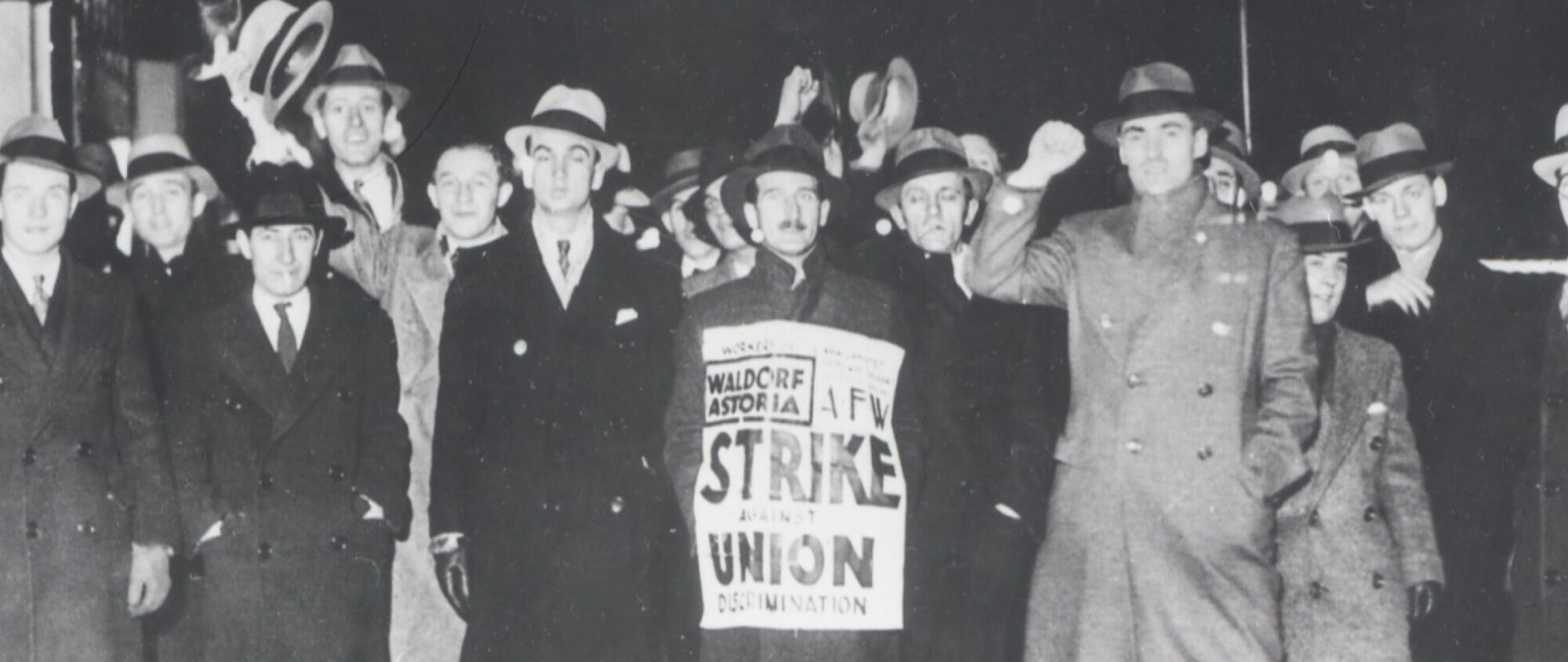Misjudging Labor
On June 13 the Supreme Court once again sided with a multibillion-dollar corporation over its workers. The case of Starbucks Corp. v. McKinney concerns seven employees, now known as the Memphis Seven, whom Starbucks fired in February 2022 as they tried to unionize their store in Tennessee. (Because federal law prohibits employers from retaliating against organizing, the company naturally claims they were let go for violating workplace policies.) The National Labor Relations Board (NLRB), the agency tasked with guaranteeing workers’ rights to join unions and negotiate contracts, was quick to intervene. Directed by the Biden-appointed General Counsel Jennifer Abruzzo, NLRB staff filed for a preliminary injunction to force Starbucks to reinstate the fired activists while the case was fully litigated.
Such requests are rare. The NLRB only makes them when companies glaringly violate labor law and the agency is confident that courts will decide the case in the workers’ favor. In August 2022 a lower-court judge agreed and granted the injunction.
That six-month wait for a modicum of justice was blazing speed by the standards of United States labor law. It was too fast for the Supreme Court, which, in an 8-1 decision, reversed the injunction. The justices ruled that when courts consider the NLRB’s injunction requests, rather than using a legal standard specific to labor disputes that gives the board relative deference, they must use a more restrictive standard known as “the traditional four-factor test,” as articulated in the 2008 case Winter v. Natural Resources Defense Council, Inc. Among the factors considered are the “balance of equities” (meaning that the ruling is fair to both sides) and that an injunction serves the “public interest.” Both factors are a matter of opinion. Put simply, the Court is placing its own views over the expertise of the NLRB’s professional staff, in the name of a “traditional” test that’s as old as a teenager. Continue reading “Misjudging Labor”
Independent Unions Can Help Break Through the Economic Crisis and Labor’s Paralysis
In a period of extreme social and economic crises, when the major labor unions have reduced their organizing programs to a fraction of what they once were and the courts stand athwart any effort to protect workers’ interests, scrappy new independent unions raise hope against hope that maybe — just maybe — workers can fight back and win. I’m writing, of course, about the early 1930s. A newly published book finds some surprising parallels between that era and our own.
An eleventh volume in the prolific Marxist labor historian Philip S. Foner’s History of the Labor Movement in the United States has just been published, after it was discovered that Foner had completed the manuscript before he died in 1994. Subtitled The Great Depression 1929–1932, the book covers a period in which the established unions of the American Federation of Labor were not conducting many organizing campaigns or strikes and had little idea how to successfully contest for power in the large mass production industries that played a dominant role in American life. Continue reading “Independent Unions Can Help Break Through the Economic Crisis and Labor’s Paralysis”
15 Years Ago, Mad Men Quietly Began Its Engagement With Leftist Ideas
The prestige drama Mad Men, which ran for seven seasons, beginning fifteen years ago this month, received plenty of awards and close readings from mainstream critics. The Left press largely slept on it, which is a shame: the series was not only very funny and poignant and offered viewers a lot to chew on about the changing politics and gender roles of the 1960s, but seemed to draw direct inspiration from socialist thought. Series creator Matthew Weiner tipped his hand that Mad Men would at least play with Marxist critiques of capitalism in the very first episode with two simple words: “It’s toasted.”
Continue reading “15 Years Ago, Mad Men Quietly Began Its Engagement With Leftist Ideas”
The Amazon Union Campaign Won By Following the Lead of Workers
Jeff Bezos has been brought back down to Earth. No boss is invincible. The workers at Staten Island’s JFK8 Amazon fulfillment center proved it by beating the massively rich and powerful corporation 2,654 to 2,131 in a National Labor Relations Board (NLRB) election on April 1. Meanwhile, a rerun election campaign by the Retail, Wholesale and Department Store Union (RWDSU) at Amazon’s Bessemer, Ala. facility remains too close to call when challenged ballots are considered. That the workers in Staten Island organized themselves into an independent Amazon Labor Union (ALU) is profoundly heartening and begs for some introspection from labor leaders and organizing directors. Maybe, just maybe, workers are ready to organize on a massive scale. What are existing unions doing to make the most of the moment?
Continue reading “The Amazon Union Campaign Won By Following the Lead of Workers”
